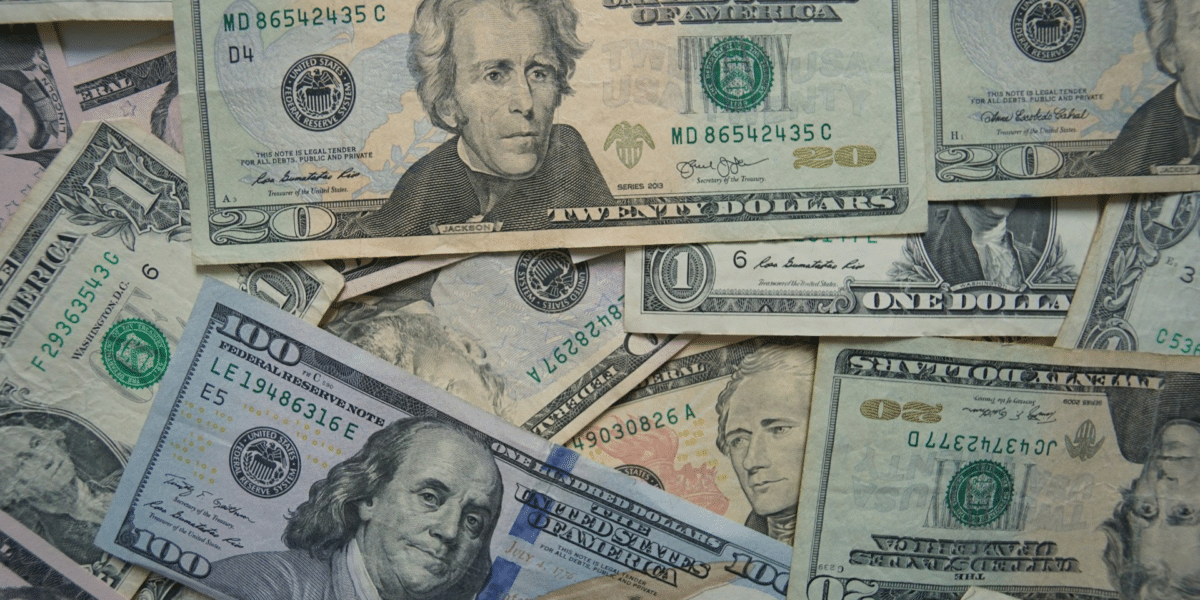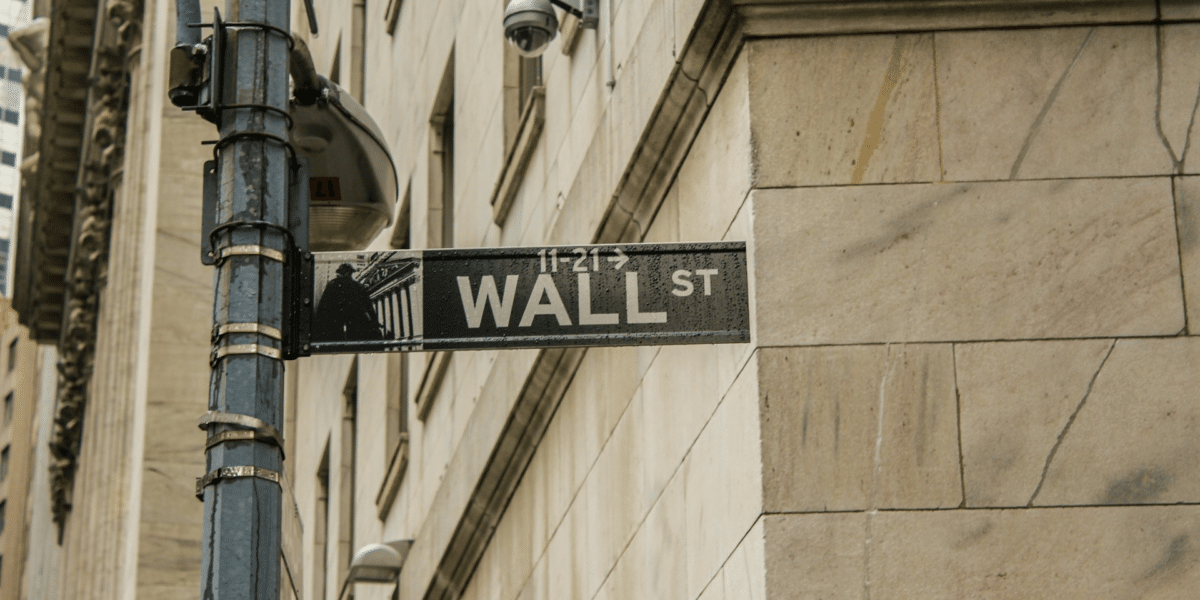Understanding the Dynamics of the Stock Market
Image Commercially Licensed From: DepositPhotos
The Intricacies of Stock Market Operations
In the vast and complex realm of financial markets, understanding the dynamics of the stock market is essential for both seasoned investors and newcomers alike. This article aims to shed light on the intricacies of stock market operations, providing a comprehensive overview for those seeking a deeper comprehension of this ever-evolving landscape.
The stock market, often considered a barometer of economic health, is a platform where buyers and sellers engage in the trading of shares or ownership stakes in publicly listed companies. This marketplace is crucial for capital formation, enabling companies to raise funds by issuing stocks and, in turn, providing investors with an opportunity to participate in a company’s success.
Unraveling the Mechanisms of Stock Trading
At the heart of the stock market are the mechanisms of stock trading. Investors can buy or sell shares through various exchanges, with each transaction influenced by factors ranging from company performance to broader economic trends. The ebb and flow of stock prices are dictated by market demand and supply, reflecting the collective sentiment and confidence of investors.
Market Trends and Influencing Factors
Understanding market trends and the myriad factors influencing stock prices is paramount. Economic indicators, company earnings reports, and global events can significantly impact stock valuations. Investors keen on making data-driven decisions must stay abreast of these factors to navigate the dynamic nature of the market successfully.
Navigating Market Volatility
In the realm of stock market dynamics, it is essential to acknowledge the contrarian perspective. While conventional wisdom often prevails, there are instances where taking a contrarian stance can be a strategic move. Market volatility, a common occurrence, may present opportunities for contrarian investors to capitalize on undervalued stocks when the broader market sentiment is bearish.
Embracing Contrarian Strategies
Contrarian strategies involve going against prevailing market trends, buying when others are selling, and vice versa. This approach requires a thorough analysis of market conditions, company fundamentals, and the ability to discern between short-term fluctuations and long-term potential. Navigating market volatility with a contrarian mindset demands a keen understanding of risk and an unwavering commitment to diligent research.
Summarizing the Dynamics of Stock Market Understanding
In conclusion, a nuanced understanding of the dynamics of the stock market is crucial for anyone looking to navigate the complexities of financial investments. Investors must grasp the mechanisms of stock trading, stay informed about market trends and influencing factors, and, at times, consider adopting contrarian perspectives to capitalize on market opportunities.
As we delve into the multifaceted world of stock markets, it becomes evident that success in this arena requires more than mere speculation. It demands a commitment to informed decision-making, a keen eye for market trends, and the ability to embrace a contrarian perspective when warranted. In this ever-evolving financial landscape, those who equip themselves with knowledge and approach the market with a strategic mindset are better positioned to thrive and achieve their investment goals.










